Industry information
Company News
- Aluminum veneer curtain wall, the fashionable outerwear of modern architecture
- New trend of aluminum veneer: imitating wood grain to interpret the beauty of nature
- Imitation wood grain aluminum veneer, the green poetry of modern architecture
- Customize aluminum veneer to give your home a fresh look!
- Customized aluminum veneer, creating a new trend of personalized space
Industry dynamics
- Curtain wall aluminum veneer, creating a new trend of architectural fashion
- Aluminum veneer adds dynamics and changes to the appearance of buildings
- Lightweight aluminum veneer shaped curtain wall project
- Aluminum veneer: the fashionable "coat" of modern architecture
- Aluminum veneer customization, creating a new proposition for personalized space
Frequently asked questions
- Does the production of aluminum veneer require certification?
- Can aluminum veneer be used for building platform design?
- How to evaluate the impact of the plasticity of aluminum veneer on the appearance of buildings?
- How does aluminum veneer provide the wind resistance required for modern buildings?
- What are the types of aluminum veneer?
contact us
Mobile:+86 15627778610
Email: 2201229786
Address: No. 5 Binjiang Road, High tech Zone, Zhaoqing City, Guangdong Province
How does the weight of aluminum veneer affect building structures?
- Author: Lesilong Technology (Guangdong) Co., Ltd
- Release time: March 18, 2025 00:29:47
- Click:0
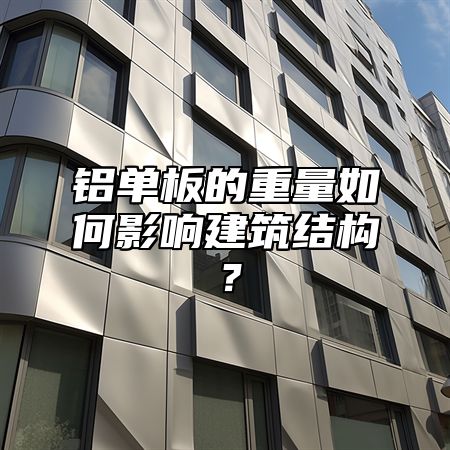
Aluminum veneerAs a lightweight and high-strength building material, its weight has a certain impact on the building structure. Let's take a detailed look at how the weight of aluminum veneer affects building structures.
1、 Reduce the self weight of buildings
The main raw material for aluminum veneer is aluminum, which has a very low density and therefore is relatively lightweight. This makes the installation and transportation of aluminum veneer more convenient, while also reducing the weight of the building, thereby reducing the pressure on the foundation. This is particularly important for buildings with poor foundation conditions, as it can effectively improve the stability and safety of the building.
2、 Enhance the seismic performance of buildings
Aluminum veneer is lighter in weight and can increase the seismic performance of buildings. When an earthquake occurs, due to the light weight of aluminum veneer, its vibration amplitude is relatively small, thereby reducing the degree of damage to the building. This is particularly important for buildings in earthquake prone areas, as it can effectively improve the seismic performance and safety of buildings.
3、 Affects the structural design of buildings
The weight of aluminum veneer also has a certain impact on the structural design of buildings. Due to the light weight of aluminum veneer, a lightweight structural design scheme is required to ensure the overall stability and safety of the building. It is also necessary to consider the installation method of the aluminum veneer and the design of the supporting structure to ensure that it can withstand certain loads and maintain stability.
4、 Affects the energy-saving effect of buildings
Aluminum veneer is lightweight and can reduce the weight of buildings, thereby lowering energy consumption and air conditioning costs. This is particularly important for some buildings that focus on energy conservation and environmental protection, as it can effectively improve the energy-saving effect and economic benefits of the building.
The weight of aluminum veneer has a certain impact on building structures, including reducing the self weight of buildings, increasing their seismic performance, affecting their structural design, and impacting their energy efficiency. In the future, with the continuous advancement of technology and the increasing demand for environmental protection and energy conservation, it is believed that aluminum veneer will play an increasingly important role in building structural design.

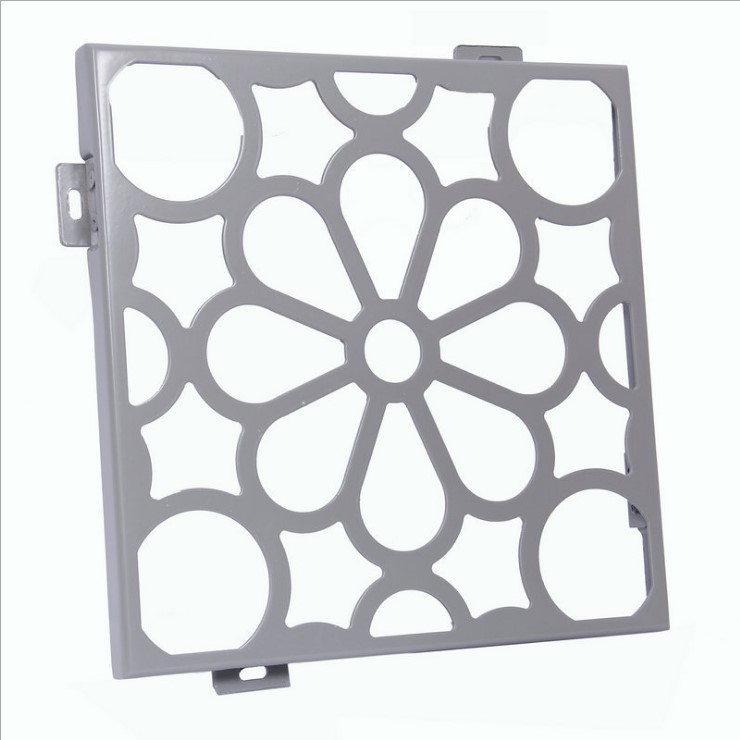
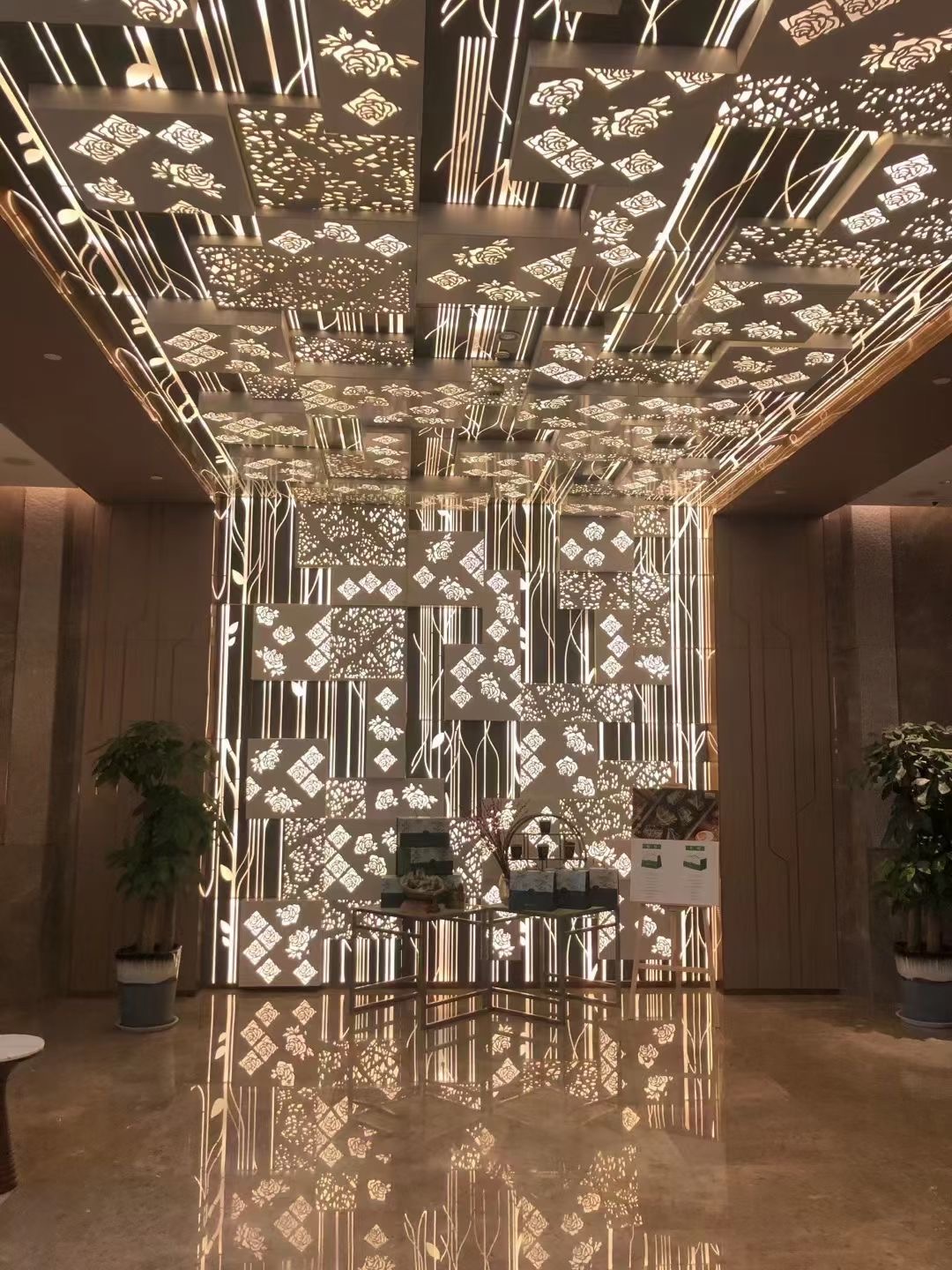
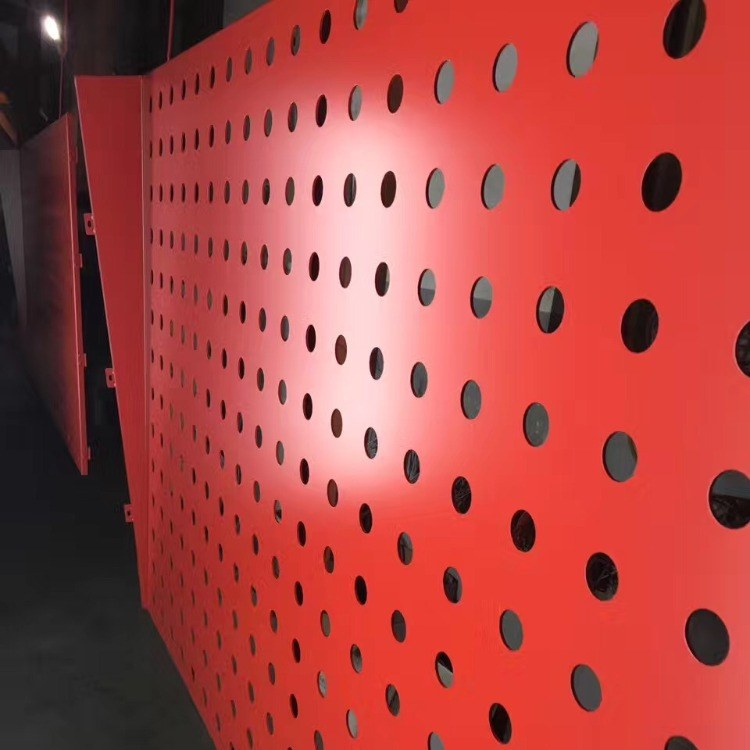
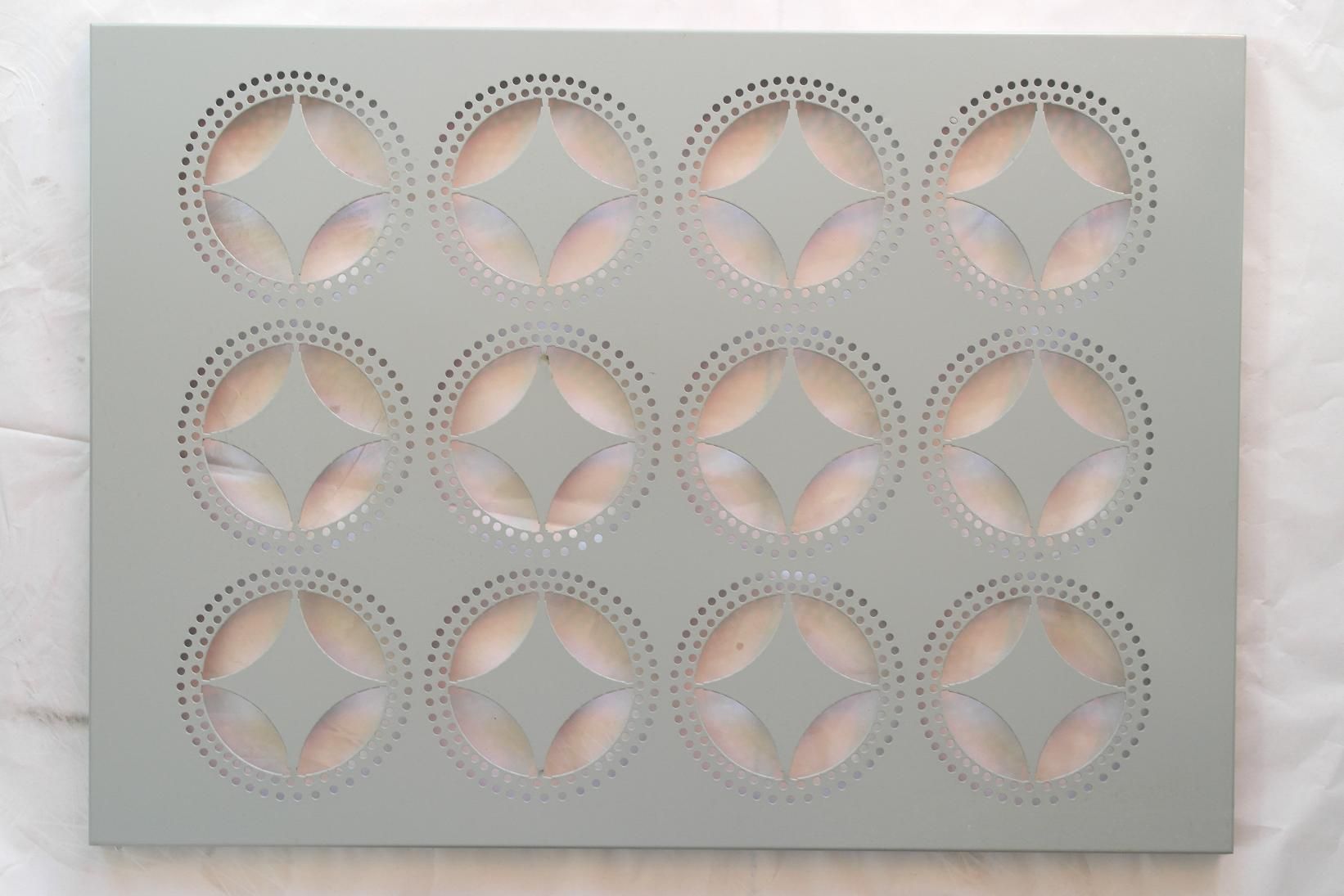
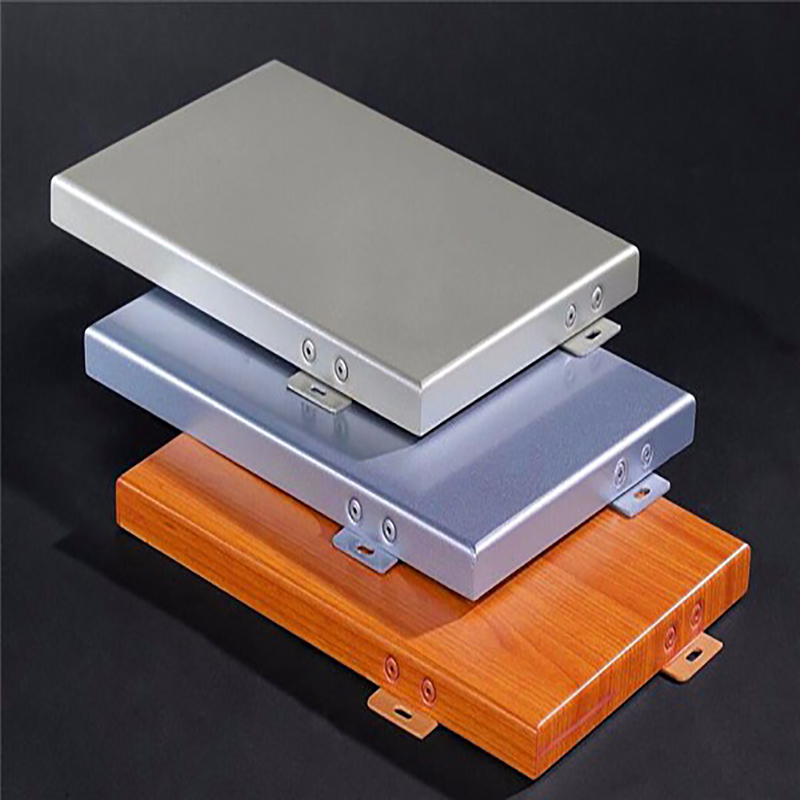
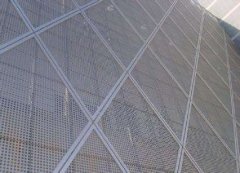
 Customer service QQ
Customer service QQ